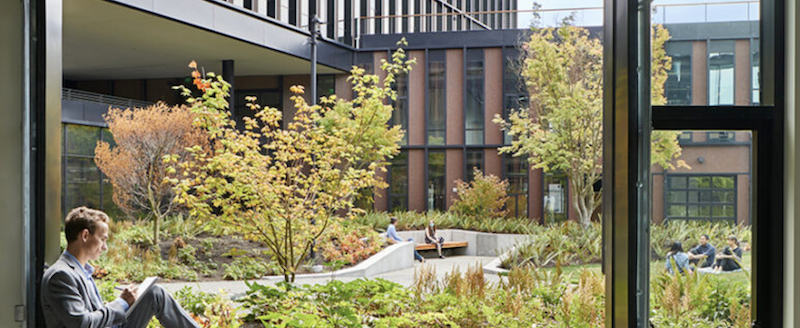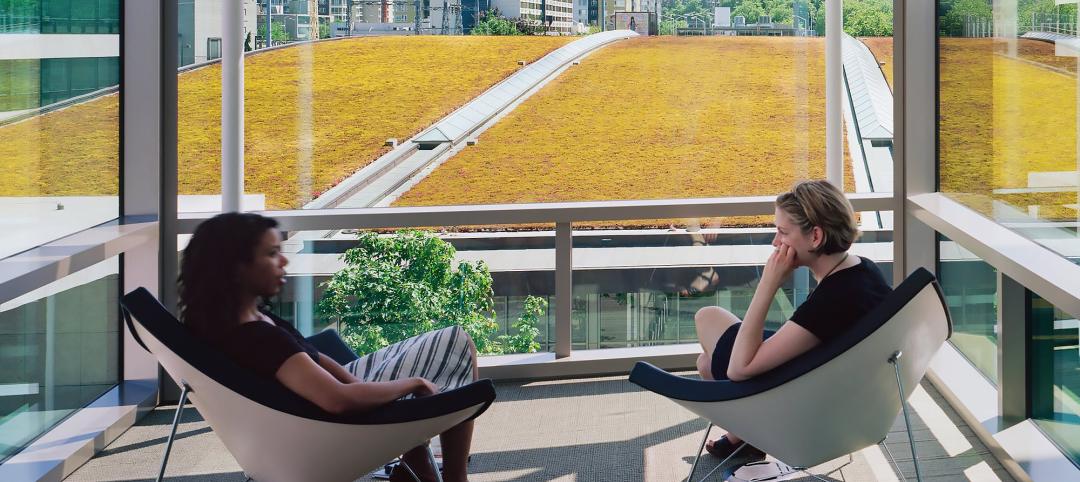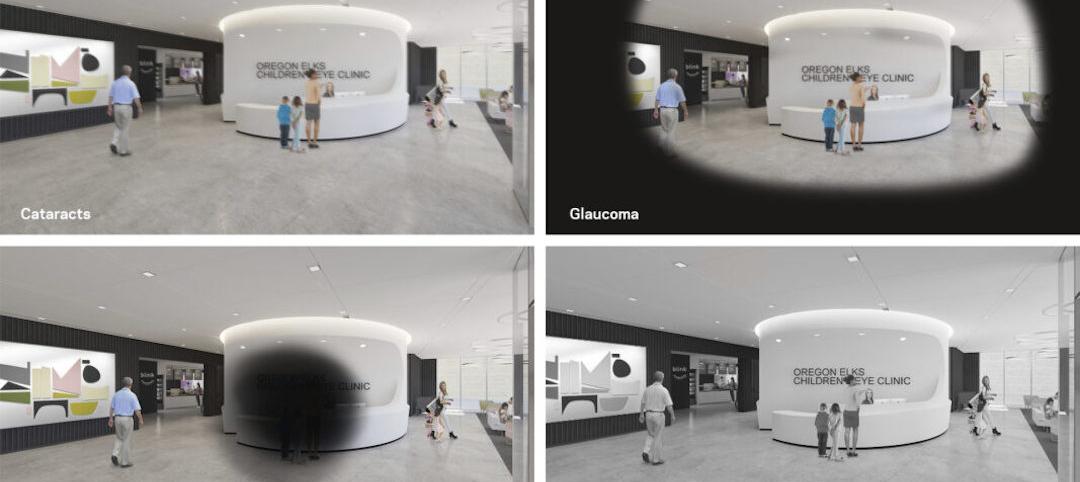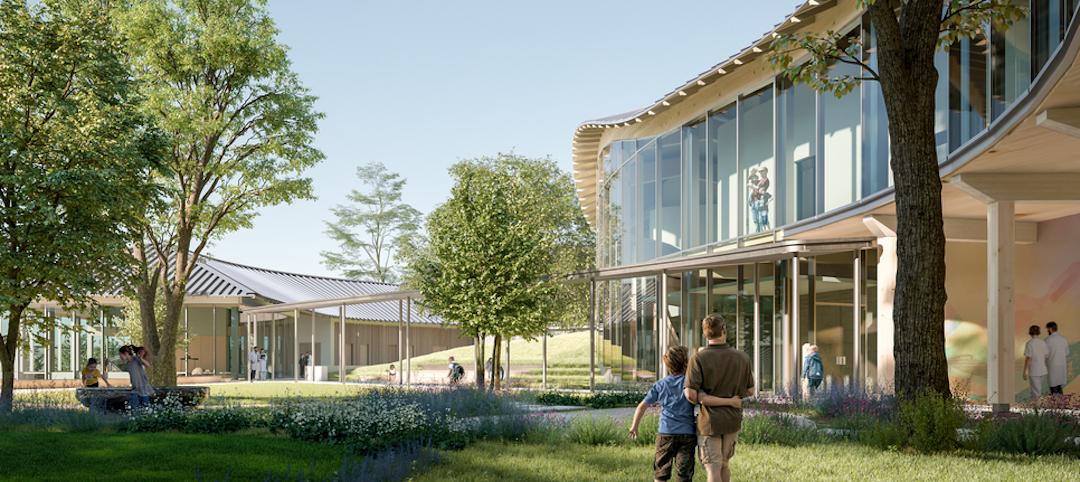With vaccine distribution underway and a potential end of the pandemic becoming more tangible, companies like Amazon and Netflix have endorsed the importance of in-person work to their business. While a number of in-person work models — from hybrid work to distributed hub offices to a complete return to the office — are all being considered, a common need is for the office to be as productive and engaging as possible, and foster the types of emotional engagements that people have missed working remotely.
While much focus is spent on making the office physically safe, organizational success is dependent on a much broader notion of health that encompasses all the elements that make a company purposeful, engaged, healthy and productive. At NBBJ, we focus on four levels of health at work — individual, team, organization and community — that design can address to enable organizations and their people to thrive as the workplace evolves. Every level builds on the next, and organizations can benefit by finding ways of supporting each.
Individual Health
Individual health encompasses the physical and mental wellbeing of a person in the workplace. There is an increasing focus on healthy buildings, and the many benefits to productivity and wellbeing that result from improved air quality, ventilation, noise and other indoor variables. Additionally, research from NBBJ’s Applied Research Fellowship Program with developmental molecular biologist Dr. John Medina shows that healthy individuals are more engaged and empowered, which in turn, has a direct impact on their creativity, productivity, and overall performance at work.
Design can play a fundamental role in supporting individual health and wellbeing. One way is by enabling deeper connections, such as through engaging spaces for art, social and educational programs that integrate community and family. These could be multi-purpose areas that serve as office or common areas while hosting programming like art, yoga, dance or cooking classes at specified hours.
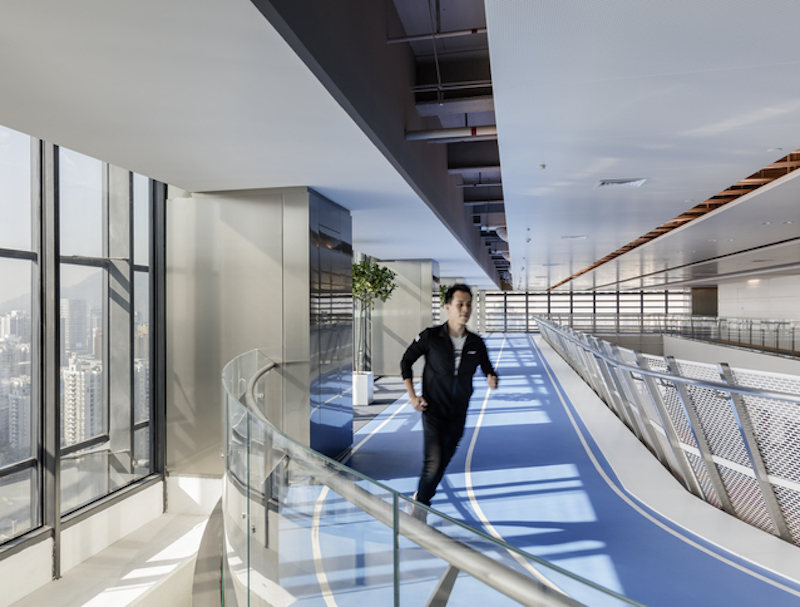
Team Health
Team health includes the internal dynamics which contribute to the overall performance of a group, including how people collaborate and relate to one another. Healthy teams are adaptable, resilient and support an atmosphere in which all members feel they are making a meaningful contribution. The key elements that contribute to team health include trust, collaboration, communication and personal connections — typically it is these relational aspects of teamwork, rather than specific taskwork, that makes teams successful.
In designing for team health, it is important to provide work settings that enhance flexibility and personal agency, so that teams can develop solutions that best support their preferred method of working. Kinetic infrastructure that adapts to team needs — such as common areas that expand or contract with movable walls and partitions, and workstations, furniture and technology infrastructure that are easily reconfigurable and movable — can enable more fluid, dynamic team environments.
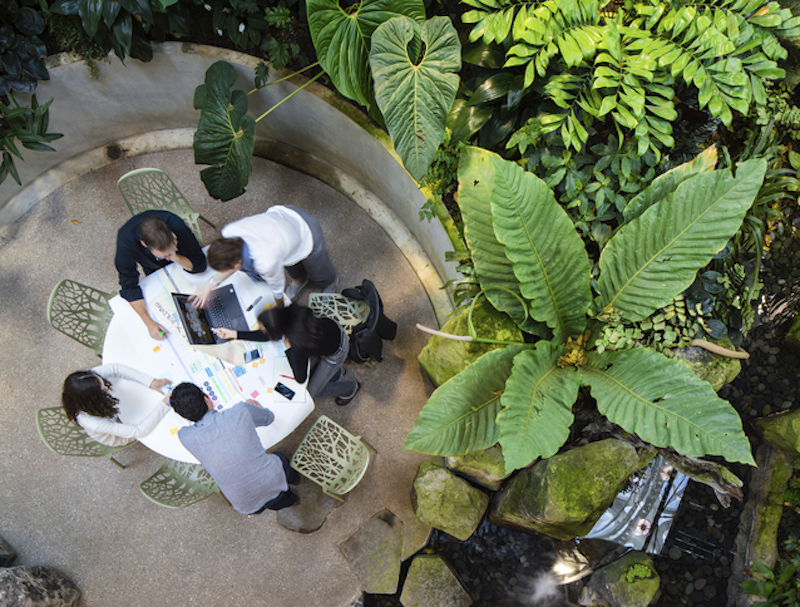
Organizational Health
Organizational health encompasses the culture, identity and competitive fitness of an organization. Healthy organizations have an aligned strategy, leadership and culture, and are agile — executing and renewing themselves to sustain strong performance through changing conditions over time. Organizations can take very different paths to success — with different cultures, structures and strategic visions. Design approaches to support organizational health should therefore reflect the specific attributes that make an organization successful.
Designing for organizational health is critical to attract and retain future top talent, and to ensure the long-term relevancy of a workplace. By 2030, Millennials, Generation Z, and Generation Alpha will comprise over 75% of the total workforce, and their global spending power will be ascendant. These younger generations are seeking fulfilling work with companies that have strong missions, contribute to societal good, and feature a diversity of teams and learning. Strategies the support strong organizational health and culture will be critical to attract these top recruits in the coming two decades.
Design strategies that support organizational health aim to create spaces, activities and programs that drive purpose through community and connect people to their environment and one another. This can include art, music and interactive digital installations, artist residencies or maker spaces that provide positive distractions and help to forge common experiences.
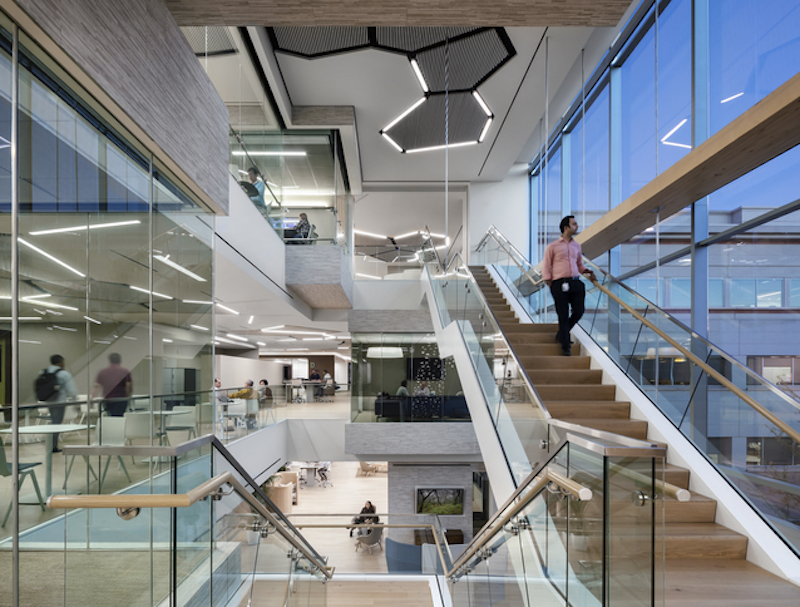
Community Health
Organizations can positively impact the health and quality of life of not just their employees, but their neighbors as well. By sharing resources, giving back and catalyzing positive change, organizations can support health beyond the four walls of a building. The elements of healthy communities — ranging from livability to opportunity, access, vibrancy, resilience and sustainability — are complex and far-ranging, but design can play a supporting role by creating environments that connect organizations to their communities and generate positive momentum.
Design approaches for community health aim to support the vibrancy of the neighborhood as well as stewardship of the environment. This can encompass a reimagining of the ground floor as a dynamic space that flexes between private and public use — hosting community assets like museums and cultural centers, educational programs, or recreational or green spaces shared with the public. Community Health can also encompass a company’s affiliates, or even their industry. Creating co-prosperity opportunities where collaborators can come from around the world and share in a company’s workplace culture and experience fosters broad industry and network progress, and advances ideas more quickly.

As organizations adjust to a new normal in the face of evolving work modes, schedules and workplaces, health will continue to be critically important to long-term success. By understanding that health goes far beyond physical safety and wellness, organizations can start to re-align their workplaces with the needs of individuals, teams, organizations and communities—creating healthier, more engaging and productive spaces for the pandemic era and beyond.
More from Author
NBBJ | Oct 3, 2024
4 ways AI impacts building design beyond dramatic imagery
Kristen Forward, Design Technology Futures Leader, NBBJ, shows four ways the firm is using AI to generate value for its clients.
NBBJ | Jun 13, 2024
4 ways to transform old buildings into modern assets
As cities grow, their office inventories remain largely stagnant. Yet despite changes to the market—including the impact of hybrid work—opportunities still exist. Enter: “Midlife Metamorphosis.”
NBBJ | May 10, 2024
Nature as the city: Why it’s time for a new framework to guide development
NBBJ leaders Jonathan Ward and Margaret Montgomery explore five inspirational ideas they are actively integrating into projects to ensure more healthy, natural cities.
NBBJ | Oct 18, 2023
6 ways to integrate nature into the workplace
Integrating nature into the workplace is critical to the well-being of employees, teams and organizations. Yet despite its many benefits, incorporating nature in the built environment remains a challenge.
NBBJ | May 8, 2023
3 ways computational tools empower better decision-making
NBBJ explores three opportunities for the use of computational tools in urban planning projects.
NBBJ | Jan 17, 2023
Why the auto industry is key to designing healthier, more comfortable buildings
Peter Alspach of NBBJ shares how workplaces can benefit from a few automotive industry techniques.
NBBJ | Aug 4, 2022
To reduce disease and fight climate change, design buildings that breathe
Healthy air quality in buildings improves cognitive function and combats the spread of disease, but its implications for carbon reduction are perhaps the most important benefit.
NBBJ | Feb 11, 2022
How computer simulations of vision loss create more empathetic buildings for the visually impaired
Here is a look at four challenges identified from our research and how the design responds accordingly.
NBBJ | Jan 7, 2022
Supporting hope and healing
Five research-driven design strategies for pediatric behavioral health environments.
NBBJ | Nov 23, 2021
Why vertical hospitals might be the next frontier in healthcare design
In this article, we’ll explore the opportunities and challenges of high-rise hospital design, as well as the main ideas and themes we considered when designing the new medical facility for the heart of London.

